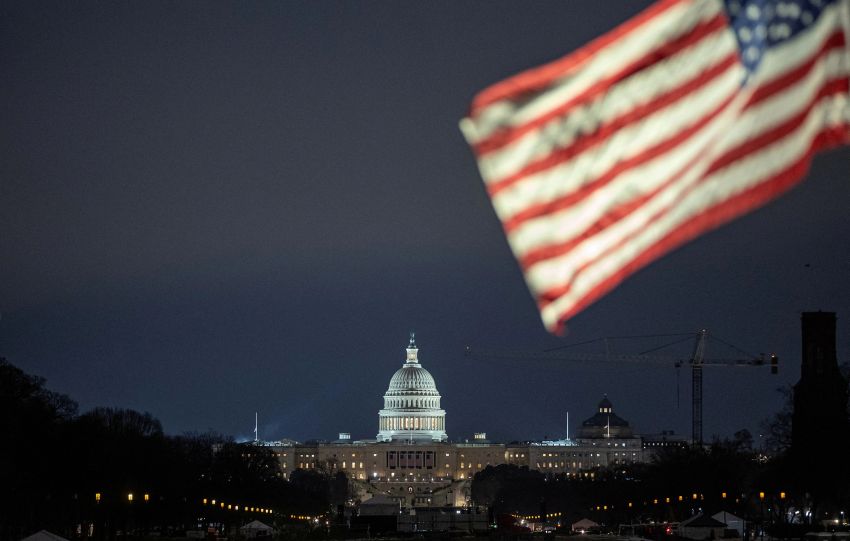Key Takeaways
- London luxury home sales dropped significantly in April due to higher stamp duty rates.
- Manhattan’s luxury market had its most active week since November 2021, with 55 contracts signed.
- The top deal in Manhattan involved a complex of townhouses being converted into a single-family home for $34.5 million.
- Despite the April decline, activity in the London market saw an overall annual increase when combining March and April sales.
- Luxury buyers remain interested, particularly in homes priced above £5 million, though overall sales have slowed.
The luxury real estate markets of London and Manhattan are often viewed as barometers for the global market due to their dynamic nature and influence on international property trends. Recently, both markets have seen significant shifts—one propelled by policy changes and the other by resurgent demand. This post delves into the recent developments in these iconic cities and offers insights for buyers and investors looking to navigate this evolving landscape.
London: The Impact of Rising Stamp Duty
The Sudden Decline in Sales
April saw a significant reduction in luxury home sales in London, a direct consequence of higher stamp duty rates. This fiscal change primarily stemmed from the expiration of a pandemic-era tax break, which led to a marked decrease in transactions as buyers were deterred by the increased costs.
Factors Influencing the Market
Several factors have influenced London’s market dynamics:
- Policy Changes: The end of a stamp duty holiday prompted a rush to complete transactions before April, deflating subsequent sales.
- Market Adjustments: The increased duty affects lower-priced homes more, but there is an additional 5% tax for second homes, impacting the high-end market.
- Buyer Behavior: Luxury buyers, particularly those interested in primary residences above £5 million, remain active despite the policy shift.
Manhattan: Revival of the Luxury Market
A Surge in Activity
In contrast, Manhattan’s luxury market has experienced its busiest week since November 2021, with 55 contracts signed in a single week. This surge is driven by renewed economic confidence and a thriving demand for premium properties.
Noteworthy Transactions
One of the most significant deals involved the acquisition of a Lenox Hill townhouse complex for $34.5 million, showcasing the appetite for large-scale luxury investments. The new owner plans to convert the complex into a single-family mansion, highlighting a trend towards customization in luxury real estate.
Historical Context
The spike in Manhattan’s luxury sales can be traced back to historical benchmarks:
- Comparison with 2021: The number of contracts signed reflects confidence reminiscent of the post-pandemic boom observed in 2021.
- Market Resilience: The robust activity indicates resilience and a potential upward trend in the luxury segment as economic conditions stabilize.
Considerations for Buyers and Investors
Strategies for Navigating These Markets
For those looking to invest in these evolving environments, consider the following:
- London:
- Embrace Timing: Understanding the cyclical nature of tax changes can provide advantageous entry points.
- Focus on High-Value Markets: Investors might focus on properties above £5 million, less impacted by the stamp duty surge.
- Manhattan:
- Leverage Market Momentum: Capitalize on the strong buyer interest and competitive market pricing.
- Look for Opportunities in Customization: As seen in recent transactions, there is a growing trend for bespoke luxury solutions.
The global luxury real estate market is subject to continuous change influenced by a myriad of factors, from local fiscal policies to broader economic sentiments. For astute investors and buyers, understanding these dynamics is critical. While London’s market adapts to new tax implications, Manhattan’s resurgence provides a testament to its enduring appeal and market resilience. Engaging with these insights allows for informed decision-making and strategic investments in any economic climate.





